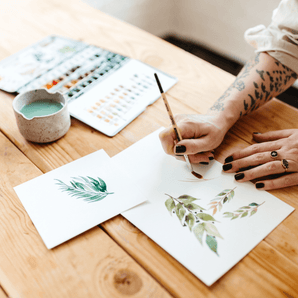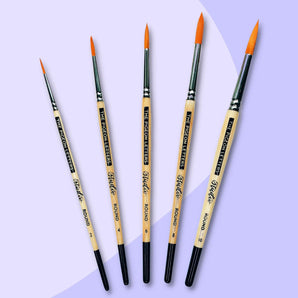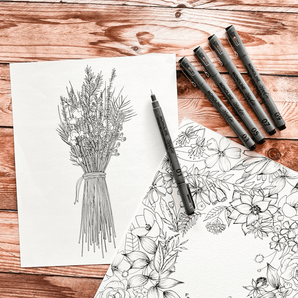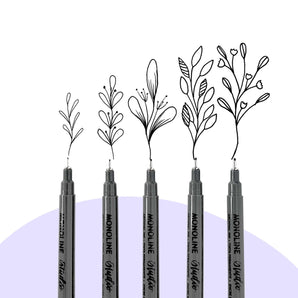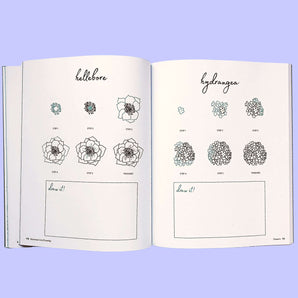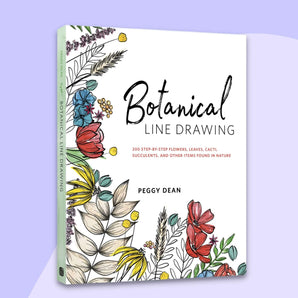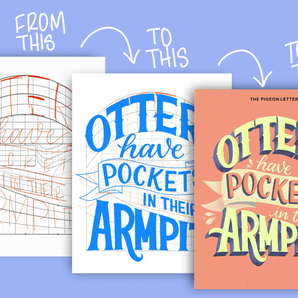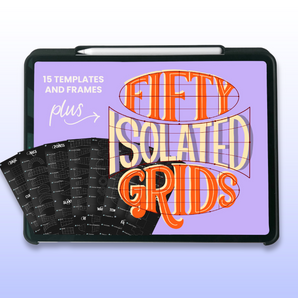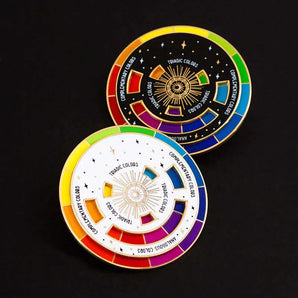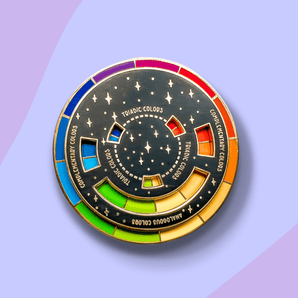Let’s be real—working in a cluttered space can be overwhelming. You sit down to create, but instead of feeling inspired, your eyes wander to the pile of papers on the corner of your desk, the random coffee mug from three days ago, and the mountain of art supplies that somehow ended up all over the place. Sound familiar?
Here’s the thing: clutter doesn’t just take up physical space—it also takes up mental space. When your workspace is chaotic, your mind can feel chaotic, too. It’s like 20 open tabs running through your head.
Taking just two minutes to tidy up before you start creating can make a world of difference, like a mini reset button for your mind and your space.
Why decluttering helps your creativity
A clean, organized space isn’t just about aesthetics—it has a direct impact on your ability to focus and feel inspired. Here’s why it works:
- Eliminates distractions: When your workspace is clutter-free, there’s less viSuAL nOiSe competing for your attention. Instead of getting distracted by that random receipt or the pile of unfinished projects, you can focus on the art you want to create right now.
- Sparks inspiration: A clear, intentional space can feel energizing and inviting. It’s much easier to start creating when you’re working with a clean slate and not fighting against the chaos.
- Reduces stress: Clutter has been scientifically linked to increased levels of cortisol, the stress hormone. By tidying up your space, you’re also helping to calm your mind and set a more relaxed tone for your creative session.

How to declutter quickly and effectively 💡
You don’t need to do a full-on Marie Kondo overhaul every time you sit down to create. A quick two-minute tidy-up is often enough to transform your space. Here’s how to do it:
1. Clear the essentials:
Focus on the area where you’ll be working. Remove anything unrelated to your art practice—whether it’s your phone, paperwork, or yesterday’s snack wrapper.
2. Create designated spots for supplies
Keep your tools and materials in easy-to-reach, designated places. Use small containers, jars, or trays to organize your brushes, pens, or paints. When everything has a home, cleanup is faster, and you can find what you need without digging through a pile.
3. Wipe it down
Take a second to wipe down your workspace. It doesn’t have to be perfect, but a clean surface can feel refreshing and set a positive tone.
4. Set limits on “stuff”
If you find that clutter builds up quickly, set boundaries for what stays in your workspace. Maybe it’s only your current project, a few tools, and one inspiring item like a plant or a small piece of decor.
Make decluttering part of your ritual
When decluttering becomes part of your creative ritual, it stops feeling like a chore. Instead, it becomes a grounding practice that helps you transition into a creative mindset.
- Think of it as clearing the slate: Tidying up is like opening a new blank canvas—not just for your art workspace, but for your mind. It signals the start of something new.
- Do it mindfully: While you’re tidying, take a moment to appreciate the act. Feel the satisfaction of putting things in order and creating a space that supports your art.
- Celebrate small wins: Even a tiny effort—like recycling that scrap of paper or straightening up your supplies—can feel rewarding. It’s one less thing to distract you, and that’s worth celebrating!
What if you love a little chaos?
I see you, I am you. This is acceptable too 🤪 Some artists thrive in a bit of creative chaos, and that’s totally okay! Decluttering doesn’t mean your space has to look like a Pinterest-perfect studio. It’s about finding a balance that works for you.
If you love the energy of a messy workspace but still want to avoid overwhelm, here are a few tips:
- Organized chaos: Keep your supplies spread out but grouped by type (e.g., watercolor paints in one area, gouache in another). This way, everything’s still accessible without being completely scattered.
- Limit the clutter zones: Allow yourself one “messy” area where you can spread out, but keep the rest of your space clear.
- Do a post-session cleanup: If you hate tidying up before you start, try making it part of your closure ritual instead. Clean up after your session so your workspace is ready for the next time you create.

Decluttering is a mindset, not a perfect act
At the end of the day, decluttering isn’t about creating a magazine-worthy workspace—it’s about creating a space that supports your creativity. Whether you spend two minutes clearing off your desk or take a whole afternoon to reorganize, the goal is to make your art space feel like a place where you want to be.
So the next time you’re feeling stuck or uninspired, try a quick tidy-up. You might be surprised at how much a clear space can clear your mind, too. And who knows? That clean desk might just be the first step toward your next masterpiece.





